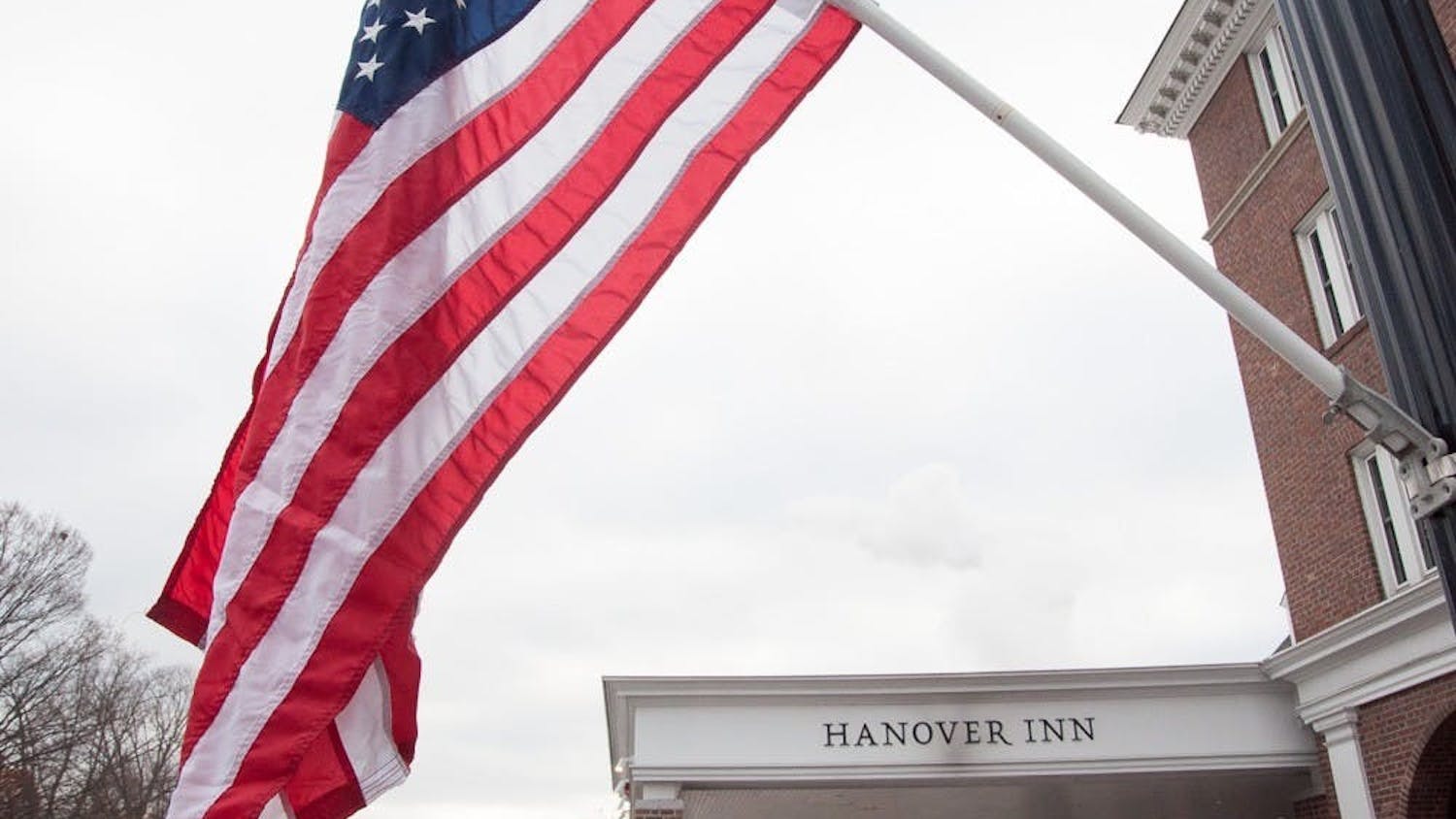In order to win the 2020 presidential election, President Biden made a lot of promises. Not only did he pledge to bring an end to the COVID-19 pandemic via more responsible management, but he also proclaimed that he would dramatically expand health care coverage, meaningfully respond to climate change, combat police brutality, shrink racial economic gaps and use government power to promote economic growth to create vast numbers of new jobs, among a whole host of other promises. While these are all very important topics worthy of addressing, the frank reality is that apart from emergency pandemic response, Biden has failed to get many meaningful initiatives passed by Congress. If this trend continues, he puts his party at risk in the 2022 midterms, which typically act as a referendum on the sitting president’s performance. To keep control of Congress, Biden must act, and he must act now.
Why is it so important for Biden to act now? Young voters. Young voters lean disproportionately Democratic — New York Times exit polls from the 2020 election found 60% of voters 18-29 voted for Biden, compared to a paltry 36% who went for Trump. These young voters made up almost a fifth of the electorate, and were crucial in the states Biden won narrowly — namely, those that secured him the presidency. They will be essential again in 2022, with several Senate seats up for grabs in “purple” states like Wisconsin, which Biden won by only about 0.7% of the vote, or Georgia, which he won by a razor-thin 0.2%. Compared to other age groups, young voters are Biden’s most reliable supporters, but only if he can convince them to show up at the polls. If Biden alienates them, he will do so at his own peril.
The brunt of the problems Biden’s platform is designed to address falls on young voters. Young voters are the least likely to own their own home, making evictions during the pandemic a severe threat to their safety, and are also the least likely to have health insurance, making health care expansion in whatever form crucial for them as a demographic. Additionally, young people are the most likely to be unemployed, so building a stronger economy is thus a key requirement for their prosperity. Meanwhile, young employed people are more likely than other age groups to be making only minimum wage, meaning that getting this wage raised for all workers is of disproportionate importance to them as a group. Yet Biden’s promises for a public health insurance option and his plan to raise the federal minimum wage to $15 an hour both remain unfulfilled. The largest examples of action he has taken on some of these issues are executive orders temporarily halting evictions nationwide and raising the minimum wage to $15 an hour for federal contractors, but even those were Band-Aid fixes at best to a problem that warrants a much more substantive response.
While Biden’s pandemic response has been laudable and vaccine distribution is going smoothly, with the U.S. sitting now at about fourth place globally for percent of population vaccinated (and only narrowly behind the next two highest countries), pandemic response initiatives will only get him so far. Because much of the pandemic response has been managed at the state level, Biden is unlikely to get substantial credit for it. In my experience here on the Dartmouth campus, for instance, when talking about the COVID-19 response, students generally speak of the directives of New Hampshire Gov. Chris Sununu and College officials, not the federal government. Biden needs something he can offer up as proof of his administration’s effectiveness, and that something needs to go beyond his COVID-19 response. He needs to deliver on his “What comes next?” promises. This lack of action is perhaps his greatest weakness.
The House has written and subsequently passed numerous bills addressing many of Biden’s campaign promises. Biden’s problem, however, lies in the Senate, where Democratic control is razor-thin. He cannot afford a single senator’s defection. Young people, myself included, cringed as Sen. Kyrsten Sinema, D-Arizona, dramatically voted no on live video from the Senate chambers on a bill that would have significantly raised the minimum wage just last month, dooming it to failure. Viral moments like these are wildly unhelpful and, frankly, outright embarrassing if Biden hopes to inspire his party’s voters to turn out and expand their majorities in 2022. The federal minimum wage hasn’t been raised since 2009 and is currently set at a measly $7.25 an hour — where it remains in New Hampshire, one of the few states with no state-level minimum wage. Politicians’ excuses can’t be cashed in to pay rent, cover exorbitant medical bills, or put food on the table.
In order to accomplish his initiatives, Biden needs to get his party in line. He needs to better communicate the stakes of the next midterm election to legislators and, more specifically, explain how voters are in dire need of government support and action on a wide variety of fronts. If necessary, after speaking directly with reluctant legislators he should publicly call out those who will not act in the best interests of their constituents. I remember visiting the Lyndon Johnson Presidential Library a few years ago, which houses recordings of many of the numerous and lengthy phone calls former president Lyndon Johnson made to legislators to cobble together support for his proposals. Those calls were key to Johnson being able to pass so much of his Great Society legislation. After all, Biden’s proposals are frequently as ambitious in scope as Johnson’s were. It is quite an achievement for a party to have control over both houses of Congress as well as the executive branch, and it would be deeply embarrassing for very little to come out of the opportunity that presents.
Young voters won’t take any excuses for inaction, whether they be the filibuster or the stubbornness of individual senators — stubbornness that some might call cowardice, given the dire need for action that the pandemic has only made more apparent. They won’t be moved by the fact that Biden is only around 100 days in either. After all, former president Franklin Roosevelt’s first 100 days were enormously productive. They will ask that even if Biden’s margins are slim, he should still be able to do something, surely? Again, excuses don’t pay bills.
There are indeed many young people who are both staunch Democrats and committed to turning up to vote in 2022, and Biden has done a good deal for them already. The problem, however, is that Biden needs as many young voters to turn out as possible, not just those who are already sold on supporting him. He needs them to show up to the polls in droves, not trickles. To do that, he must prove to them that he can actually deliver on his word, and is not just another out-of-touch politician who only shows up in town when it is election season. After all, for young voters, staying home and tuning out a political system they feel abandoned by is all too easy. Biden must try his hardest to prevent this from happening – the first step towards democratic decline is allowing apathy to fester in those who might otherwise be tomorrow’s leaders.
Thomas Lane '24 is a former Opinion editor.



